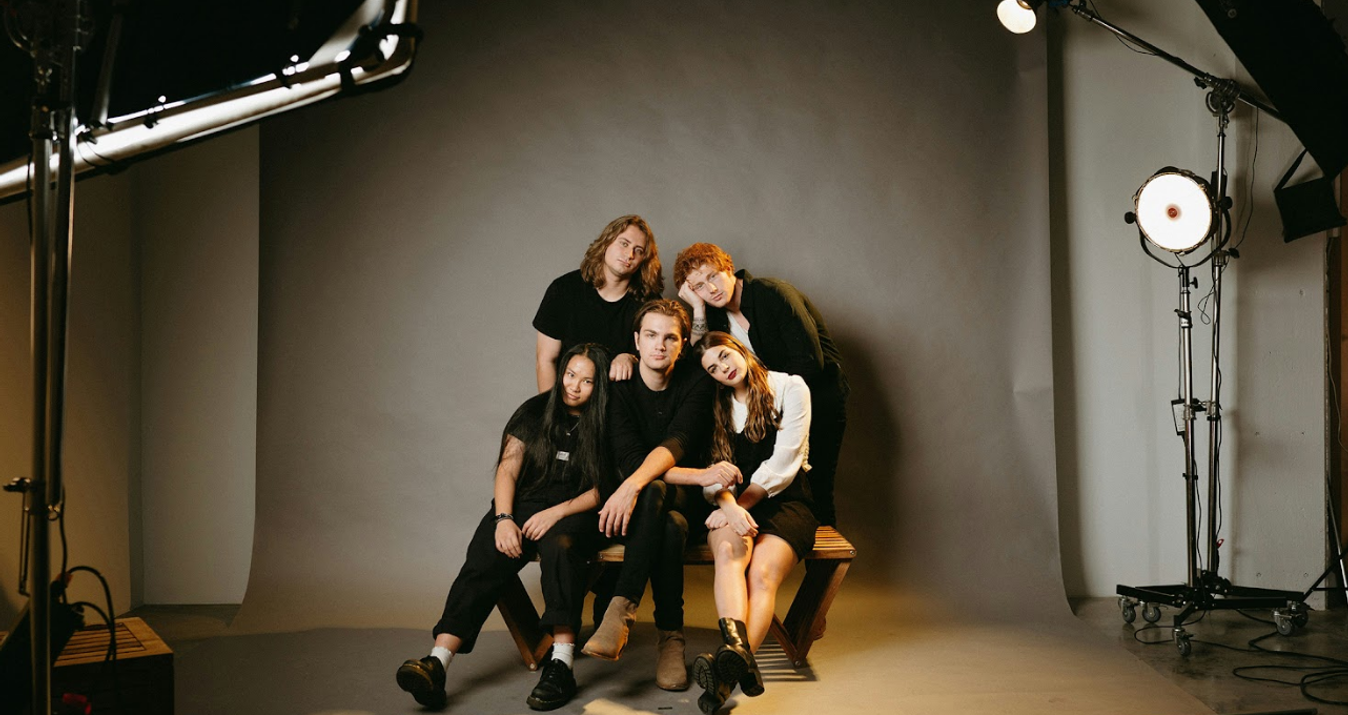
December 12, 2025
What Is Image Sharpening And Why Is It So Important?
Sharpening enhances the clarity and impact of photographs. This guide explains how to effectively apply this technique while maintaining a natural appearance in your images!

December 11, 2025
Mini Session Photography: Everything Photographer Should Know

December 11, 2025
Imagen AI Alternatives: Find Perfect Fit For Creative Needs

December 10, 2025
Photography Lighting Basics Begginers Should Know

December 09, 2025
TOP 10 Gemini AI Photo Editing Prompts For Better Results

December 09, 2025
Couple Maternity Photoshoot Ideas: Picture Perfect Pregnancy

December 09, 2025
Pantone Color Of The Year 2026 "Cloud Dancer" Is Here!

December 08, 2025
Ocean Photography: Simple Tips For Eye-Catching Results

December 05, 2025
Why Luminar Is The Best For Color Grading And Creative Toning

December 05, 2025
Types Of Camera Shots Every Photographer Should Know
Most Popular

May 14, 2025
Group Photo Ideas: How To Make Every Group Photo Special
Discover best group photo ideas. Learn about posing, composition, and avoiding common pitfalls to make every group shot memorable.
Learn More

October 31, 2025
Why Luminar Neo Is The Best Photo Editor For Creators
If you’re asking why Luminar Neo is the best photo editor, this article cuts through the hype and shows what speeds up workflow. Expect hands-on details, not vague claims.
Learn More

December 09, 2025
Pantone Color Of The Year 2026 "Cloud Dancer" Is Here!
Discover what is the Pantone color for 2026: Cloud Dancer, a soft balanced white symbolizing calm, clarity, and a cultural reset for the year ahead.
Learn More
Subscribe to know first
Our delivery owl will bring you our best deals and news about Skylum news.
Thank you for subscribing!
Unlock Pro-Quality iPhone Photos with Our Free Guide! 📸
Gain instant access to simple yet powerful tips for enhancing composition, lighting, and editing—everything you need to transform your photos effortlessly!
👇 Fill out the form below to receive your guide directly via email.
Curiosity is the doorway to skill
Thank you for your interest! Discover the secrets to pro-quality photos in your guide, waiting in your inbox.
Try the request again later. If the error does not resolve, contact support.
Try Later